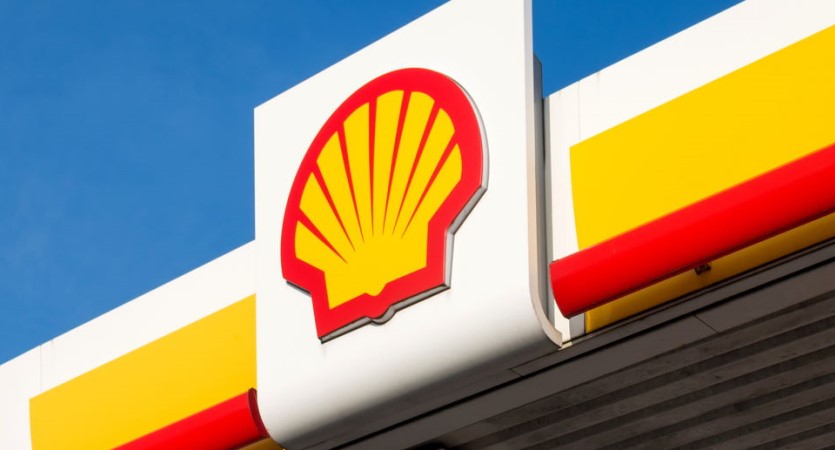
In its emissions targets, Shell no longer looks at the progress that society has made in that area. Shell previously stated that it always wanted to be emission-free by 2050, “depending on social progress”.
According to Van Beurden, dropping that condition is “another step forward” that “represents the leading position we want to play in the energy transition”. “We need to find ways to get ahead of society.”
Shell set itself the target last year to reduce its own emissions by 50 percent by 2030 compared to 2016. The company did this after a court decision in a case that Milieudefensie had brought against the company. As a result, at the end of last year, Shell emitted 18 percent less CO2 in fuels production.
Furthermore, Shell has achieved its short-term target to reduce the CO2 intensity of the fuels it sells by between 2 and 3 percent by the end of 2021. This means that 2 to 3 percent less CO2 is emitted per litre of fuel used. By the end of 2024, that reduction should be between 9 and 12 percent and 20 percent by 2030.
Shell is trying to achieve these goals by offering cleaner fuels such as biofuels and hydrogen. Shell is also investing money in renewable energy.







